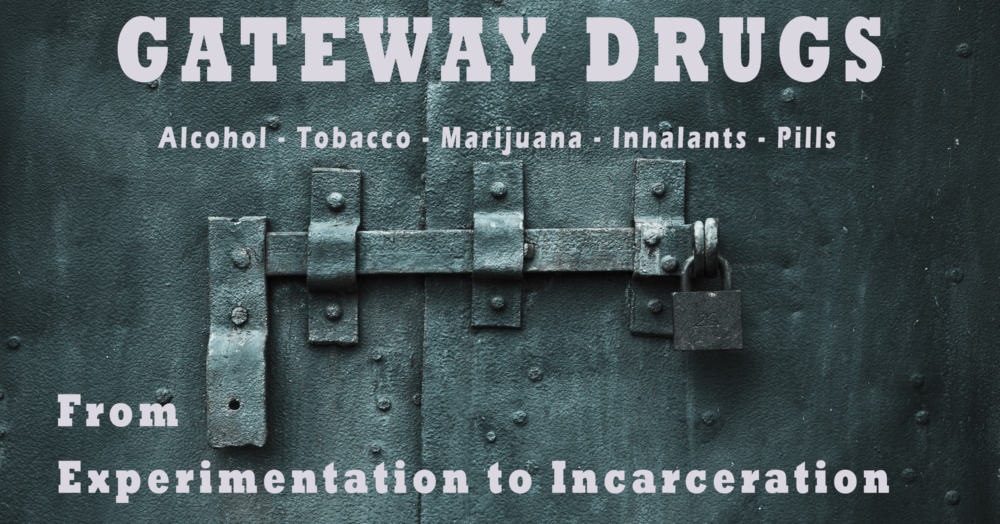An Emergency Room Nurse’s Perspective
Alcohol Awareness and the Dangers of Drinking and Driving
by Bret Freeman, RN,CEN
Trauma Coordinator, Hunt Regional Medical Center at Greenville
Every day in the emergency department, emergency nurses witness the tragic effects of preventable motor vehicle injuries and the impact they have on patients and their families. As emergency room nurses, we see people losing their families and loved ones to a wrong choice that someone has made. Wives lose their husbands, sisters lose their brothers, and best friends are lost due to wrong choices. How painful it is to see a young sister losing her older sister, the bond that was once so strong now torn apart.
One of the most difficult things an emergency room nurse must deal with is the anguish the parents go through when they see their child die. Imagine for a moment how your family would feel seeing you in the Emergency Room, blood stained, with breathing tubes, and having suffered trauma beyond all belief, after you have taken your last breath of life?
So what is the solution? The solution is people making the right choices and not putting themselves in predicaments such as these. Injury prevention programs, such as Shattered Dreams, have had an enormous impact on our community over the years. They continue their aim towards reducing alcohol-related motor vehicle collisions and automobile pedestrian injuries.
Many nurses in our community are members of the Emergency Nurses Association. The Emergency Nurses Association supports injury prevention in many areas. Alcohol awareness with teenagers is a big issue especially during the holidays and graduation. Alcohol-related crashes are preventable and have decreased among teens over the last few years. They still remain a primary focus of injury prevention in our community and the Hunt County area.
Alcohol-related crashes, injuries, and fatalities are not accidents. The choice is made to drink or use drugs and then get behind the wheel of a vehicle. In 2002, 42,815 people were killed in 6,316,000 police-reported motor vehicle crashes. Of those, 17,419 people were killed in alcohol-related crashes – an average of one alcohol-related fatality every 30 minutes.
Motor vehicle crashes are the leading cause of death for 15 to 20 year olds. In 2002, 24% of these young drivers who were killed in crashes were intoxicated, a decrease of 7% between 1992 and 2002. For these drivers, alcohol involvement is higher among males than females. In 2002, 27% of the young male drivers involved in fatal crashes had been drinking at the time of the crash, compared with 11% of the young female drivers involved in fatal crashes.
Many children under the age of 14 who are killed in alcohol-related crashes are passengers riding with a drunk driver, rather than passengers in vehicles hit by drunk drivers. The more alcohol consumed by the driver, the less likely child passengers will be restrained.
Since 1990, the alcohol-related fatality rate for youth dropped from 16 to 10 deaths per 100,000 young people. However, youth still are over-represented in both alcohol and non-alcohol related fatalities, compared with the rates for adults.
Emergency nurses not only treat the injured patient, but they also are very concerned with injury prevention. Prevention is the only cure for trauma. We have to stress to teens that they can make the right choice when it comes to risk-taking behavior. The Emergency Nurses Association supports the following prevention tips:
1. Never drink and drive. Even one drink can cause impairment.
2. Never ride with anyone who has been drinking.
3. Always appoint a designated driver.
4. Always wear a safety belt and make sure all child passengers are properly restrained.
5. Do not mix alcohol with any drug or medication.
6. Do not binge drink (more than 4 to 5 alcoholic drinks in a row).
7. If someone passes out from drinking excessively, call 911 immediately or take them to a hospital.
8. Do not leave a person who is intoxicated alone. Carefully monitor his/her breathing. If breathing stops, administer CPR or take them to the nearest hospital emergency room.
9. Drive defensively.
10. Avoid driving when fatigued as your reactions are slowed and judgment is impaired.
11. Use four-lane highways whenever possible.
12. Avoid rural roads whenever possible.
13. Avoid traffic after midnight, especially on Fridays and Saturdays.
As the holidays approach, make the right choices for you and your family.
References
EMERGENCY NURSES ASSOCIATION (n.d.). Alcohol Awareness Fact Sheet. Retrieved December 19, 2005 from , Web site: http://www.ena.org/ipinstitute/fact/AlcoholAwareness.PDF
EMERGENCY NURSES ASSOCIATION (2002). Alcohol Awareness and the Dangers of Drinking and Driving. Dare to Care 2002 Presentation, CD-ROM.
